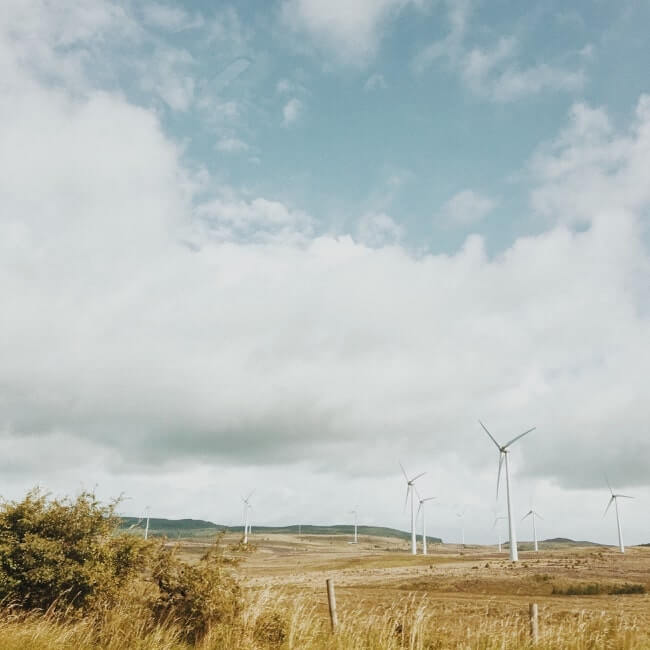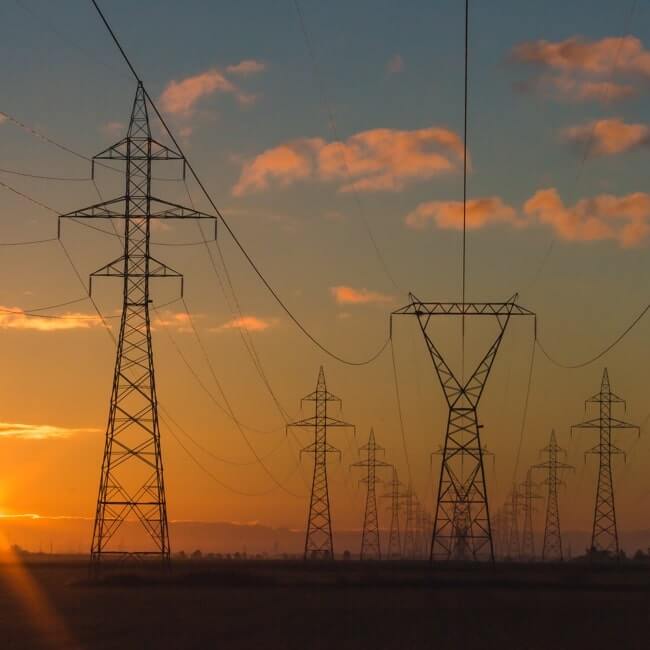Why centralized solar generation in Brazil still attracts major investors

Despite challenges like curtailment, the centralized solar generation sector continues to attract international investors to Brazil, Tony Lamenha, expansion director at equipment manufacturer MTR Solar, told BNamericas.
"Large international groups have been investing significant amounts of capital in the country to build centralized generation plants, ranging from 60MW to 1GW. This is going to heat up the market," Lamenha said.
He believes this is due to the country's abundant sunlight, commitment to clean energy, its regulatory environment, growing demand and expanding energy market.
"Although curtailment can be a concern, many investors understand that these challenges are part of the infrastructure development process in a growing market," Lamenha said.
According to the executive, investor experience and risk management capabilities can help mitigate these issues.
Brazil's installed solar photovoltaic capacity recently surpassed 55GW, comprising 17.7GW from centralized generation and 37.6GW from distributed generation (DG).
Local solar power association Absolar expects the country to add 13.2GW of installed capacity this year, reaching 21.7GW from centralized generation projects and 43GW from DG.
Planned investments in the sector – both centralized and distributed generation – this year total around 40bn reais (US$6.8bn), according to the association.
Regarding DG, a market slowdown is expected as projects exempt from distribution system usage fees – under the 2022 sector regulatory framework – are completed.
In a consolidation phase, the DG market is expected to attract 25bn reais in private investment this year, according to industry association ABGD.
Energy Storage
Lamenha said MTR is preparing to integrate battery storage (BESS) into its solar systems, optimizing space on the skids it manufactures.
He believes that BESS will benefit medium voltage systems, which cover the 1-69kV range.
"Its ability to integrate renewable sources like solar energy is essential, as it helps stabilize the intermittent production of these sources by storing energy during periods of high generation and releasing it during peak demand," he said.
In addition, Lamenha said BESS contributes to improving power quality by controlling frequency and voltage and offering regulation services.
It can also reduce infrastructure costs by avoiding the need for new transmission and distribution installations, acting as an alternative to manage demand peaks and overloads.
He emphasized that in DG specifically, BESS facilitates the management and balancing of locally generated energy, promoting a more decentralized and efficient electrical system.
Subscribe to the leading business intelligence platform in Latin America with different tools for Providers, Contractors, Operators, Government, Legal, Financial and Insurance industries.
News in: Electric Power (Brazil)

Spotlight: The details of Brazil's electric power sector reform proposal
The main measures include the creation of a new social rate and the opening of the free market to all consumers.

Why hybrid solar power plants are gaining traction in Brazil
The main goal is to ensure greater reliability, flexibility and stability in energy supply.
Subscribe to Latin America’s most trusted business intelligence platform.
Other projects in: Electric Power (Brazil)
Get critical information about thousands of Electric Power projects in Latin America: what stages they're in, capex, related companies, contacts and more.
- Project: Arinos 21 photovoltaic park (Arinos Complex)
- Current stage:

- Updated: 1 week ago
- Project: Arinos 16 photovoltaic park (Arinos Complex)
- Current stage:

- Updated: 1 week ago
- Project: Arinos 15 photovoltaic park (Complejo Arinos)
- Current stage:

- Updated: 1 week ago
- Project: Arinos 9 photovoltaic park (Arinos Complex)
- Current stage:

- Updated: 1 week ago
- Project: Esperança Photovoltaic Complex
- Current stage:

- Updated: 1 week ago
- Project: Arinos 2 photovoltaic park (Arinos Complex)
- Current stage:

- Updated: 1 week ago
- Project: Lot 1 Transmission Lines (Santa Catarina, Paraná, Minas Gerais and Espiritu Santo)
- Current stage:

- Updated: 1 week ago
- Project: Arinos 10 photovoltaic park (Arinos complex)
- Current stage:

- Updated: 2 weeks ago
- Project: Arinos 3 photovoltaic park (Arinos complex)
- Current stage:

- Updated: 2 weeks ago
- Project: Río Madera hydro plant
- Current stage:

- Updated: 2 weeks ago
Other companies in: Electric Power (Brazil)
Get critical information about thousands of Electric Power companies in Latin America: their projects, contacts, shareholders, related news and more.
- Company: Master Bauru Engenharia e Fundações
- Company: Vestas do Brasil Energia Eolica Ltda. (Vestas Brasil)
- Vestas Brasil is the local sales and service subsidiary of Danish wind power solutions company Vestas Wind Systems. The company designs, manufactures, installs and services wind...
- Company: Caramurú Construções LTDA (Caramurú Construções)
- The description contained in this profile is taken directly from an official source and has not been edited or modified by BNamericas researchers, but may have been machine tran...
- Company: Evrecy Participações Ltda. (Evrecy Participações)
- Evrecy Participações, based in São Paulo, is an electric power company founded in 2006 and controlled by Companhia de Transmissão de Energia Elétrica Paulista (ISA CTEEP). The f...

